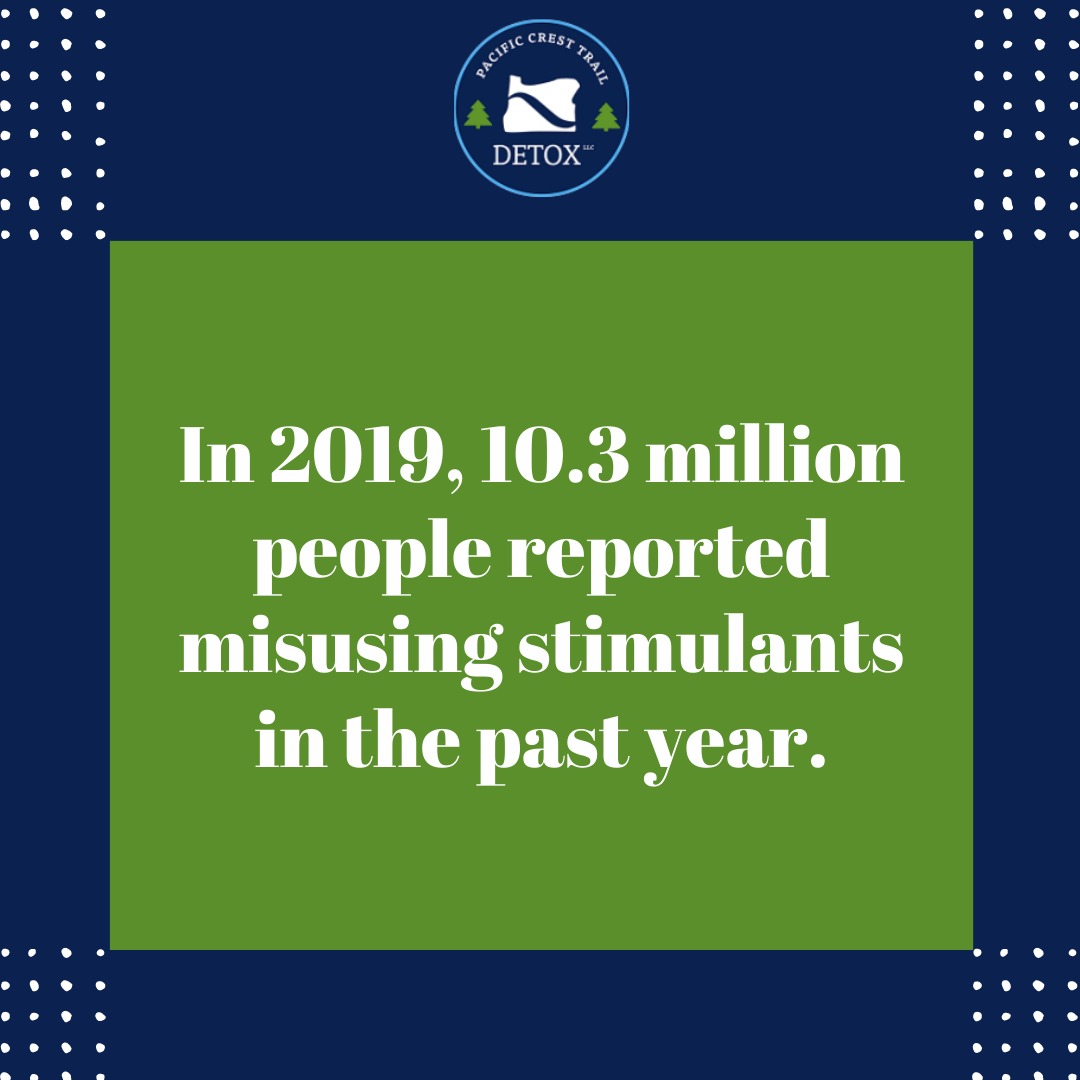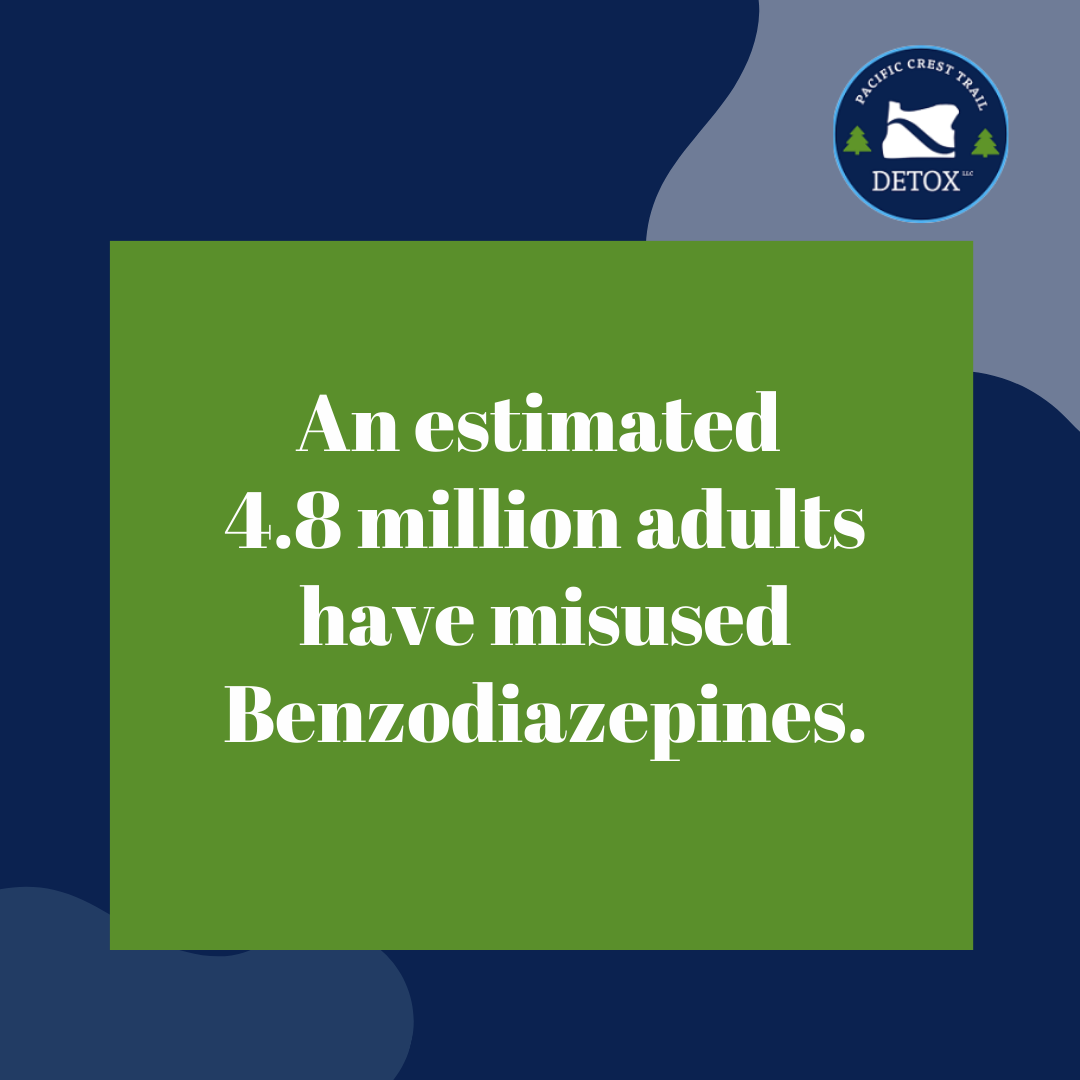Drug abuse is a serious problem wreaking havoc on countless lives, tearing apart families, and leaving entire communities in turmoil. It’s an issue that goes far beyond personal struggles, reaching deep into the very core of our society. Today, we will talk about the dark world of substance abuse and highlight the most commonly abused drugs in the US.
By understanding the prevalence, effects, and risks associated with these substances, we can raise awareness and work toward effective prevention and intervention strategies.

Overview of Drug Abuse in the United States
Drug abuse has emerged as a significant public health concern in the United States, with far-reaching consequences for individuals, families, and society. The misuse and abuse of substances not only jeopardize personal well-being but also impose substantial societal and economic burdens.
One of the most alarming aspects of drug abuse is its impact on public safety and crime rates. Substance abuse often leads to impaired judgment and reckless behavior, contributing to accidents, violence, and criminal activities.
Additionally, drug abuse takes a heavy toll on healthcare systems. Emergency departments frequently encounter cases of drug overdoses, placing a burden on medical professionals and straining limited resources. The long-term health effects of drug abuse, such as organ damage, infectious diseases, and mental health disorders, also burden healthcare providers and contribute to rising healthcare costs.
Beyond the immediate health and safety concerns, drug abuse has profound economic implications. The productivity losses due to addiction, including absenteeism, decreased work performance, and unemployment, amount to billions of dollars annually.
The cost of healthcare, law enforcement, and addiction treatment further exacerbate the economic burden borne by society.
What are the Commonly Abused Drugs in the US?
Opioids
These are drugs that act on the opioid receptors in the brain, primarily used for pain relief. However, they can also produce a euphoric effect, making them highly addictive. Commonly abused drugs include prescription painkillers like oxycodone, hydrocodone, and fentanyl, as well as illicit substances like heroin. According to recent data, opioid abuse has reached alarming levels, affecting millions of Americans.
Stimulants
Stimulants are substances that increase alertness, attention, and energy. They often have a high potential for abuse due to their euphoric and performance-enhancing effects. Cocaine and methamphetamine are notable stimulants frequently abused in the United States. In 2019, 10.3 million people reported misusing stimulants in the past year.
Depressants
These are substances that slow down brain activity, inducing relaxation and sedation. Benzodiazepines, commonly prescribed for anxiety and insomnia, are among the frequently abused depressants. About 4.8 million individuals have misused these drugs. Another commonly misused depressant is alcohol, which, despite its legal status, poses significant health risks and societal consequences.

What are the Effects and Dangers of the Most Abused Drugs in the US?
The effects of drug abuse are far-reaching, impacting individuals physically, psychologically, and socially. Understanding these effects is essential to comprehend the dangers of drug abuse and its detrimental impact on various aspects of life.
Physical Effects
Drug abuse can have physical consequences on the body. The specific physical effects vary depending on the substance being abused. For example:
Opioids
- Slowed breathing and heart rate
- Increased risk of overdose and respiratory failure
- Constipation
- Weakened immune system
Stimulants
- Elevated heart rate and blood pressure
- Increased body temperature
- Irregular heartbeat
- Loss of appetite and weight loss
Cannabis
- Altered perception and coordination
- Red eyes and dry mouth
- Increased appetite (the “munchies”)
- Impaired memory and cognitive function
Benzodiazepines
- Sedation and drowsiness
- Impaired coordination and balance
- Memory problems and confusion
- Respiratory depression, when combined with other depressant substances
Alcohol
- Slurred speech and impaired coordination
- Poor judgment and decision-making
- Liver damage and cirrhosis
- Increased risk of accidents and injuries
Psychological Effects
Drug abuse can also have psychological effects on individuals. These effects can include:
- Euphoria and intense pleasure
- Anxiety and paranoia
- Mood swings and irritability
- Depression and suicidal ideation
- Cognitive impairments and memory problems
Social Impact
The social impact of drug abuse extends beyond the individual. It can strain relationships, disrupt employment, and compromise overall well-being. Some social consequences include:
- Alienation from family and friends
- Financial difficulties and legal issues
- Loss of employment or decreased productivity
- Stigmatization and social isolation
Potential Health Risks
Drug abuse poses significant health risks, including:
- Addiction and dependence
- Overdose and potential fatality
- Infectious diseases (e.g., HIV, hepatitis) through sharing needles or risky behaviors
- Organ damage and long-term health complications
- Mental health disorders (e.g., anxiety, depression, psychosis)

Impact of Drug Abuse on Relationships and Employment
Substance abuse can strain and destroy relationships as it often leads to lies, deceit, and broken trust. The erratic behavior, mood swings, and neglect associated with drug abuse can isolate individuals from loved ones, leading to loneliness and isolation.
Additionally, substance abuse impairs job performance and reliability, leading to frequent absenteeism, reduced productivity, and even job loss. This further exacerbates financial instability, strained relationships, and a cycle of dependency, highlighting the destructive consequences of drug abuse on both personal and professional aspects of life.
Addressing Drug Addiction in Oregon and Other States
Drug abuse in the country has reached alarming levels, especially in Oregon. According to recent reports, Oregon has experienced a surge in drug-related deaths, with an increase of 70% in overdose deaths from 2016 to 2020. Moreover, the state has seen a rise in methamphetamine and opioid misuse, further exacerbating the crisis. To address this rampant issue, comprehensive measures are necessary.
Prevention efforts are crucial to equip individuals with knowledge about the dangers of drug abuse. We must promote healthy alternatives such as engaging in sports or hobbies and creating supportive community environments.
Moreover, accessible and evidence-based treatment programs, including counseling, therapy, and medication-assisted treatment, play a vital role in helping individuals with addiction. These treatment options aim to address the underlying causes of drug abuse, provide support during the recovery process, and improve the chances of successful rehabilitation.
By combining prevention initiatives with practical treatment resources, we can work towards a society where drug abuse is minimized, lives are saved, and communities thrive.

In examining the most abused drugs in the United States, we have uncovered their dangers to individuals, relationships, and society. Substance abuse takes a toll on physical health, mental well-being, and social connections, leading to devastating consequences.
To combat drug abuse, it is crucial to prioritize prevention, education, and accessible treatment options. If you or someone you know is struggling with addiction, seek professional help and support. Pacific Crest Trail offers comprehensive addiction treatment programs in Oregon, providing the guidance and care needed for recovery.
Together, we can raise awareness, promote understanding, and work towards a society that supports individuals in overcoming substance abuse, fostering healthier and fulfilling lives.
